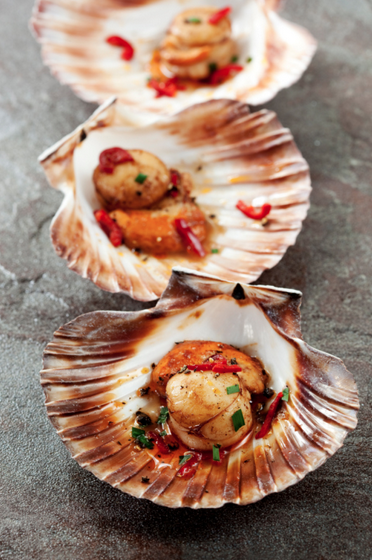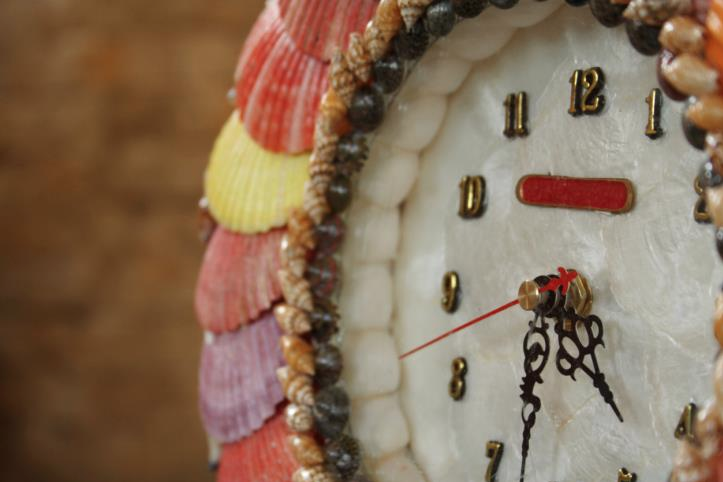Culture, cuisine and capiz: Inside Roxas City, Capiz
Capiz is one of four provinces that make up Panay Island in Western Visayas. Its capital, Roxas City, is home not just to great seafood, but to a rich history as well.
Award-winning documentarist Jay Taruc journeyed to Roxas City for the Capiz leg of his Panay Island Expedition. Here are some highlights from his adventure:
‘The Seafood Capital’ Roxas City, Capiz is known as “The Seafood Capital of the Philippines,” and it’s no surprise why—according to our Bureau of Fisheries and Aquatic Resources (BFAR), over 14,000 metric tons of seafood is caught in the fish pens and open waters of Capiz every year, making it one of the country’s top producers of seafood.
Roxas City, Capiz is known as “The Seafood Capital of the Philippines,” and it’s no surprise why—according to our Bureau of Fisheries and Aquatic Resources (BFAR), over 14,000 metric tons of seafood is caught in the fish pens and open waters of Capiz every year, making it one of the country’s top producers of seafood.
Fat-clawed crabs, large lapu-lapus, dainty scallops and mighty squid can be bought in Roxas City at half the price of seafood in Manila.
Roxas City’s Dampa Seafood Plaza is an open air, seaside area where diners can take their pick of fresh seafood and have it cooked to their liking. “Napakagandang opportunity ito para makita kung gaano nga kayaman sa lamang-dagat itong Roxas City,” said Jay.
The city’s most famous seafood is diwal (angel wing clams), which are steamed with herbs to bring out the natural flavors. Other favorites include scallops cooked in butter and garlic sauce, and the fresh oysters which are available all year round.
Meanwhile, the Coco Veranda Bar and Grill along the shore of the Lawis Baybay beach puts a sophisticated twist on local favorites by applying foreign cooking techniques to Filipino seafood. Their specialties include Sugpo and Seafood Pasta and the spicy Coco-Loco Prawns.
Whether you try the traditional or modern dishes, what shines through is the quality of the seafood—a result, perhaps, of the immense of the immense effort and passion that local fishermen put into their work. As Jay put it: “Dito matitikman ang likas na tiyaga at sipag ng mga Capiznon.”
Capiz shell products
While there are several theories as to where Capiz got its name, most people say the province is named after the capiz (window pane oysters) shells that are abundant in the province. In colonial times, the translucent capiz shells were used to decorate windows of the elite. These days, the people of Capiz make export-quality chandeliers, dinnerware and lanterns out of the shells. If you’re looking for pasalubong to bring back, a capiz shell dinner set is an elegant choice.
But for Capiznons working in the industry, the shells aren’t just décor but a way out of poverty.
Jay interviewed Perla Bakuna, who began making capiz decorations after attending a livelihood seminar for out-of-school youth. “Ang pinauso ko, ‘yung lanterns,” she proudly told ‘Motorcycle Diaries.’ Lotus-shaped candleholders, long chandeliers and colorful flowers all made from shells make up Perla’s portfolio.
Her biggest project, she says, is supplying eight sets of chandeliers for the Capiz Mansion, a grand hotel in the province. It took her 45 days to complete the order.
But her proudest achievement is something more personal: Despite not having completed formal education, she single-handedly sent her children to school until they completed courses at a vocational college.
The president’s life
Capiz-born Manuel A. Roxas was the last president of the Commonwealth and the first president of the Third Republic of the Philippines. He’s is arguably Capiz’ most famous son—after all, Roxas City used to be called Capiz City until it was named for the president in 1951.
He was born into the province’s affluent Acuña clan in 1892, and their ancestral home is still found at the corner of Rizal and Zamora streets in Barangay VI.
The Acuña House was once at the verge of ruin after years of abandonment, but several relatives of Roxas have bought the property and restored it to its original state. Now, it is open to the public.
“My grandmother was a first cousin to President Manuel A. Roxas,” explains Emily Albar, one of the current owners of Acuña House. “My dad used to be the one who’d fix this place, kasi rundown na noong we bought it.”
These days, the spacious bahay na bato is full of antique furniture, paintings and fixtures from Roxas’ period. There are also old photos of the Acuña clan. “Nakakatuwang isipin na inaalagaan pa ito hanggang sa ngayon,” commented Jay.
A section of the house has also been converted into an antique store owned by the Barrios-Albars where history buffs and collectors can buy dinnerware and earthenware from eras past.
Emily Albar admits that they can never fully commercialize Acuña House because of sentimental value—the house will never be a cash cow. However, she says, “The perks are that you get to meet a lot of people. This house is a tourist destination. When people come to Roxas City, they usually come over and visit."




